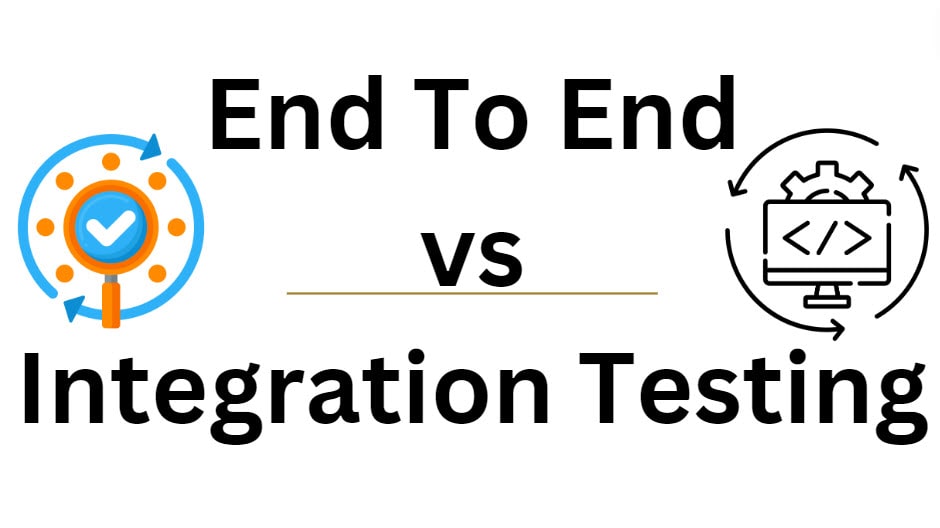Testing plays a crucial role in software development in ensuring the quality and reliability of applications. Two essential types of testing that often come up in discussions are end-to-end (E2E) testing and integration testing. While both are essential, they serve different purposes and occur at various stages of the development process.
Integration testing involves checking how individual components or modules of a software project work together. Its primary goal is to expose defects and problems arising when different system parts interact. This testing typically occurs earlier in the development cycle, focusing on verifying that separate code units can function correctly as a group.
On the other hand, end-to-end testing aims to validate the entire software system from start to finish. It simulates real-world scenarios by testing the application’s flow from beginning to end, ensuring that all components work together seamlessly from a user’s perspective. E2E testing is usually performed later in development when the product is nearly ready for release.
One key difference between the two is their scope. Integration testing focuses on specific interfaces between components, while E2E testing examines the entire system. For example, integration testing might verify that a login module correctly interacts with a database, whereas E2E testing would check the entire user journey from logging in to completing a transaction.
Another distinction lies in the level of detail. Integration tests are more granular, targeting the interactions between specific modules. E2E tests, however, take a broader view, assessing the system’s overall functionality and user experience. E2E tests are often more complex and time-consuming to set up and maintain, but they provide higher confidence in the system’s overall performance.
The timing of these tests also differs. Integration testing starts early in the development process, allowing developers to catch and fix issues as they arise. E2E testing, being more comprehensive, is typically conducted towards the end of the development cycle when most features are in place.
It’s important to note that both types of testing are valuable and complementary. Integration testing helps identify issues at the component level, making it easier to pinpoint and fix problems quickly. E2E testing ensures that the system works as expected from a user’s perspective, catching any issues that might have been missed in earlier testing phases.
You may also like following the articles below.
In conclusion, while integration and E2E testing serve different purposes, both are essential for developing robust, high-quality software. By incorporating both types of testing into their development process, teams can ensure that their applications function correctly at the component level and deliver a seamless end-user experience.

My name is Madhu, and I’m a certified Test Consultant with more than 16 years of hands-on experience developing and maintaining manual and Test Automation in the Software industry. I have experience with automation tools such as Selenium, Katalon Studio, etc.
